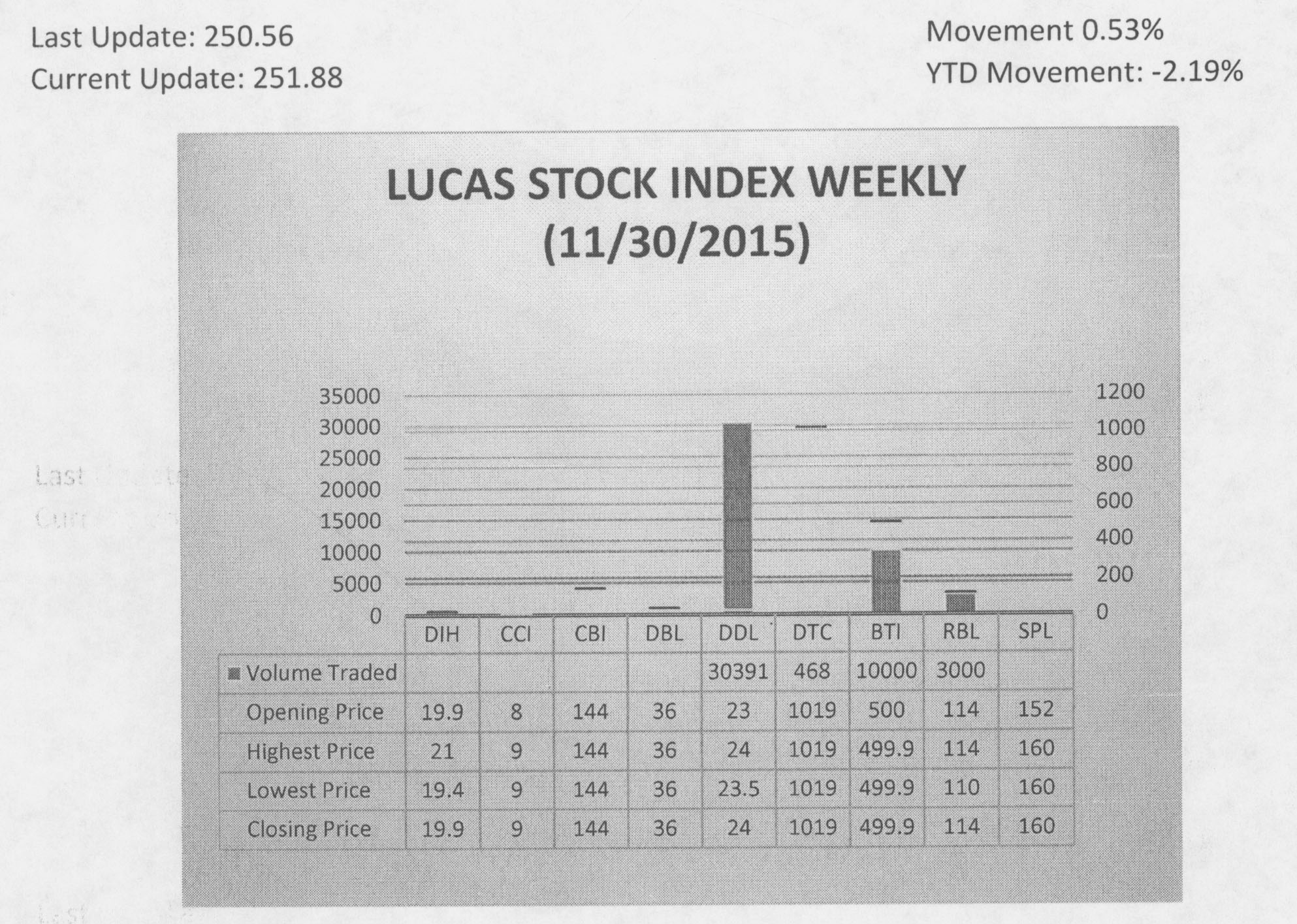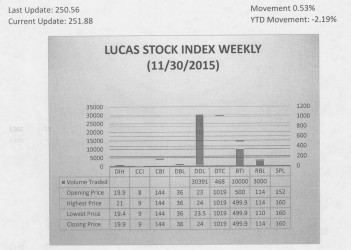Important structure
One of the most important structures in international affairs is the finance structure. In last week’s presentation, a brief reference was made to the finance structure. The presentation took place in the context of an examination of the twinning of the production and security structures. Not much attention was given to the finance structure beyond its role in international trade. This week’s article will take a closer look at the finance structure, especially its international component which was built on a system of European and North American cooperation, with a view to determining how it affects or has affected Guyana.
Components
 In the world of business, the finance structure refers to the combination of debt and equity used in the firm or company. That view of the finance structure becomes very limited outside the microeconomic world of the business. It is good for measuring the leverage of the firm and its capability of using it to expand its profitability. The concept of the finance structure does not stop there. In the wider economy, the finance structure consists of the set of monetary and financial relationships that enable markets and states to play their role in allocating resources. At the domestic level, the finance structure consists of the monetary policies, institutions and laws that govern the creation, use and disposal of money within Guyana and between Guyana and the rest of the world. The set of interest rates, reserve ratios, household and government debt, payment facilities, stock market transactions, insurance programmes, pension programmes, asset-management entities, investment decisions and monetary measures to curb inflation are among the components of the domestic finance structure.
In the world of business, the finance structure refers to the combination of debt and equity used in the firm or company. That view of the finance structure becomes very limited outside the microeconomic world of the business. It is good for measuring the leverage of the firm and its capability of using it to expand its profitability. The concept of the finance structure does not stop there. In the wider economy, the finance structure consists of the set of monetary and financial relationships that enable markets and states to play their role in allocating resources. At the domestic level, the finance structure consists of the monetary policies, institutions and laws that govern the creation, use and disposal of money within Guyana and between Guyana and the rest of the world. The set of interest rates, reserve ratios, household and government debt, payment facilities, stock market transactions, insurance programmes, pension programmes, asset-management entities, investment decisions and monetary measures to curb inflation are among the components of the domestic finance structure.
Intersection
At the international level, the finance structure consists of the institutional arrangements designed to promote and support trade and investments and to keep a watchful eye on the domestic finance structure. The tendency is to examine the set of rules and practices that govern how debts between states are created and honoured. An important component of the international finance structure is the foreign exchange system. Other parts of the finance structure are the external public debt, rules on the liberalization of capital flows, payment arrangements and instruments used to settle trade, and investment and debt transactions among countries. The international finance structure therefore stands like a traffic cop at the intersection of international markets, government budgets, foreign investment and bilateral and multilateral relations.
Ebb and flow
The ebb and flow of transactions are determined by the undercurrent of trade and investment decisions of businesses and governments, relations among states and the durability of friendships in which deals that give rise to the need for money and finance are wrapped. Given the interplay of domestic and foreign forces, the finance structure facilitates the exchange of goods and services between countries by enabling payments for international trade using various payment instruments. It also enables cross-border production to take place by making it possible for investors from one country to invest in the production of another country. Where the investor does not care to engage in the control over production, it is possible to get involved in portfolio or speculative investment. In essence, the finance structure works along with the production structure and enables short-term and long-term transactions to take place. Given its importance in global economic relations, the role of a country in that structure is important to its success. One issue that arises is Guyana’s role in that structure. Another is the impact that that structure has on Guyana.
Limited role
Guyana has a limited role in the international monetary system. The international monetary system was created in 1945 to bring predictability and stability to international transactions primarily among European countries, Japan and the United States of America. Economic relations between those countries were plagued by restrictions on trade and the devaluation of currencies to give a country an advantage in trade. Two key institutions to control and curb that behaviour were the International Monetary Fund (IMF) and the Inter-national Bank for Reconstruction and Development now known as the World Bank. A few years later, the General Agreement on Tariffs and Trade was concluded in an effort to remove the harmful effects of restrictive trade and capital flows.
Collectively, the system was described as the Bretton Woods system in honour of the place in New Hampshire, USA where the system was born. Where the international financial structure is concerned, the Bretton Woods system was designed to meet the needs of countries with large trading transactions. The exchange rate values of these countries were fixed in terms of gold or the US dollar which was convertible into gold. Each country had an obligation to maintain the relationship that existed between its currency and those of the rest of the world. There was also an appeal to countries which became part of the Bretton Woods system to ease or remove restrictions on international trade and to a lesser extent capital flows.
Size
Where Guyana is concerned, its role in the finance structure stems from the size of its economy, the level of its development and the commitment it made when it decided to become part of the global monetary system. Its economy was small and still is. Demand for its goods and services was minuscule. Guyana was and still is marginal to the international system. Its ownership of the system is less than one per cent and therefore has no real influence without the support of the majority membership of the system.
At the time that an independent Guyana joined the global monetary system, the latter was beginning to fray at the edges. In about five years after Guyana joined the international monetary system as an independent country, the Bretton Woods system collapsed. From 1971 to around 1982, countries were in search of a way in which to make the international monetary system work. It took another decade or more and the emergence of the debt crisis for countries to settle on the consensus that free trade and unrestricted capital flows were essential pillars of a viable and smooth functioning international monetary system. It was agreed too that the exchange rate of currencies would float freely and demand and supply from competition would determine the value of currencies.
Intervening years
In the intervening years, Guyana and some other developing countries did not subscribe to the notion that open competition could lead to both growth and development. Competition, especially competition from foreign sources had to be controlled. In light of this philosophy, Guyana moved towards increasing and not decreasing trade restrictions. Guyana was therefore going against the tide of cooperation in the international financial system. Countries were being asked to remove restrictions on their current account transactions. Guyana moved towards higher tariffs and the banning of some items altogether.
The country was trying to kill two birds with one stone at the time. It was trying to establish its economic independence while attempting to develop managerial and productive economic capacity. While attempting to do so, it failed to appreciate the vulnerability of the domestic finance structure and the power of the international finance structure. The trade restrictions created business and state monopolies. These monopolies in turn led to inefficiencies in production and eventually to a decline in output. The withdrawal of access to markets of Western countries magnified the inefficiencies in the domestic economic production structure and placed continued strain on the domestic financial structure with high levels of inflation.
Nightmare
The global monetary system had come to realize too that the free movement of money was important to both expanded production and increased trade. Here the focus was on the free movement of money across borders. This activity became a nightmare for Guyana for two reasons. One reason was linked directly to the nature of the foreign exchange market and the other reason was linked to the management of the international financial system.
The foreign exchange market has the most decentralized dealership structure in the world. Official-ly, foreign exchange is bought and sold at the commercial banks, the central bank and the non-bank cambios across countries. These are the normal over-the-counter transactions. But foreign exchange is also bought and sold in many informal structures. It is possible to engage in foreign exchange transactions on the streets, under bottom-houses, in the corridors of buildings and almost any place where buyer and seller are willing to meet. The foreign exchange market is the largest market in the world and the one with the least transparency. These informal transactions are not open to scrutiny but remain important to the value of a currency. When the informal markets for foreign exchange dominate, they make the formation of economic policy very difficult and this became painfully true for Guyana by the late seventies.
Hoyte’s programme
The other reason was the management of the Inter-national Monetary Fund (IMF). The IMF was created in 1945 to oversee the international monetary system. It was expected to keep an eye on the behaviour of countries towards the management of their exchange rates. That role was expanded to include surveillance over the entire economic policy of countries and the condition of their balance of payments. Countries that exhibited poor economic management were denied access to Fund resources unless they were prepared to undertake structural adjustment programmes. The control over domestic production and the outflow of capital were inconsistent with Fund policy. Guyana was therefore denied access to money to cover trade deficits and capital flows to stimulate production. This situation only changed when Desmond Hoyte decided to reform the Guyana economy with his Economic Recovery Programme.
LUCAS STOCK INDEX
The Lucas Stock Index (LSI) rose 0.53 percent during the final trading period of November 2015. The stocks of four companies were traded with 43,859 shares changing hands. There was one Climber and one Tumbler. The stocks of Demerara Distillers Limited (DDL) rose 4.35 percent on the sale of 30,391 shares while the stocks of Guyana Bank for Trade and Industry (BTI) fell 0.02 percent on the sale of 10,000 shares. In the meanwhile, the stocks of Demerara Tobacco Company (DTC) and Republic Bank Limited (RBL) remained unchanged on the sale of 468 and 3,000 shares respectively.







